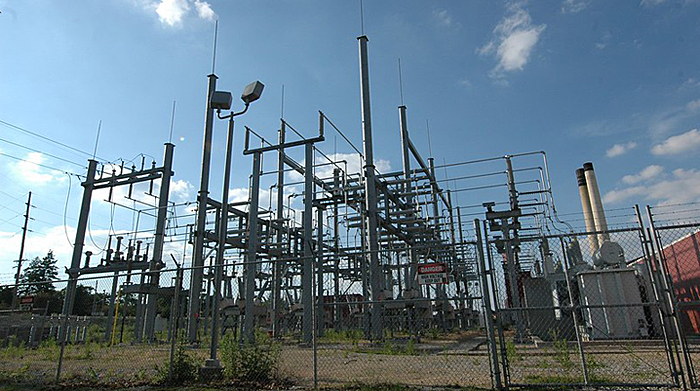New DOE Funding Opportunity Targets Physical and Cyber Risks

Image courtesy of stantontcady under Attribution-NoDerivs 2.0 Generic License, resized to 700 x 391 pixels.
The start of 2024 saw the announcement of a new $70 million DOE funding opportunity designed to identify innovative solutions to enhance power grid reliability, resilience and security.
The U.S. Department of Energy (DOE) announced the All-Hazards Energy Resilience funding opportunity on 1/4/24, and it aims to develop solutions to mitigate hazards such as cyber-attacks, wildfires, substation attacks, and climate-fueled extreme weather events and natural disasters.
Details of the $70 million DOE Funding Opportunity
The funds, which will be managed by the DOE’s Cybersecurity, Energy Security, and Emergency Response (CESER) office, will be made available to both public and private stakeholders including academia and the national lab system. The goal is to finance as many as 25 R&D projects, each of which could range from $500,000 to $5 million.
Improvements will target generation, T&D, clean energy solutions, electric vehicles (EVs) and more. Oil and gas systems, processes and distribution assets will be targeted as well. The DOE funding opportunity will focus on these 5 critical areas:
- Advanced cybersecurity tools
- Non-cyber solutions to improve resilience during extreme events
- Non-cyber solutions to improve wildfire mitigation
- Flexible, modular, self-healing grid solutions
- Substation hardening
Applications are due 3/4/24 and awards should be announced in the Sept. timeframe. Actual implementation or completion timelines are still to-be-determined as of the time of this writing.
Obviously, this is an extremely important initiative. It’s no secret that the increasingly distributed nature of the power grid exponentially increases cyber risks, and substation attacks and vandalism have been on the rise for some time now (nearly 1,700 physical security incidents were logged in 2022, a year-over-year increase of more than 10%).
The only concern is that $70 million does not go as far as it used to. Hopefully, this DOE funding opportunity is just a start. Ultimately, while it’s akin to a drop in the bucket, it’s at least a good starting point!



